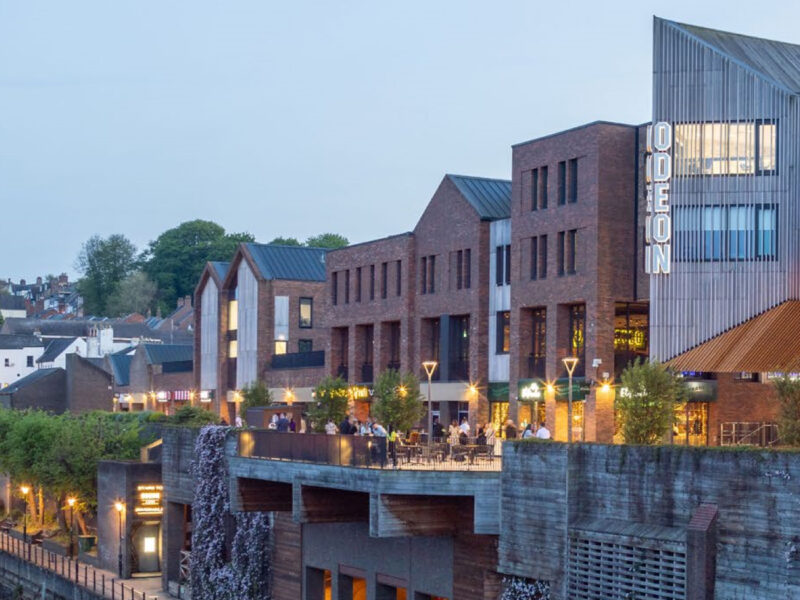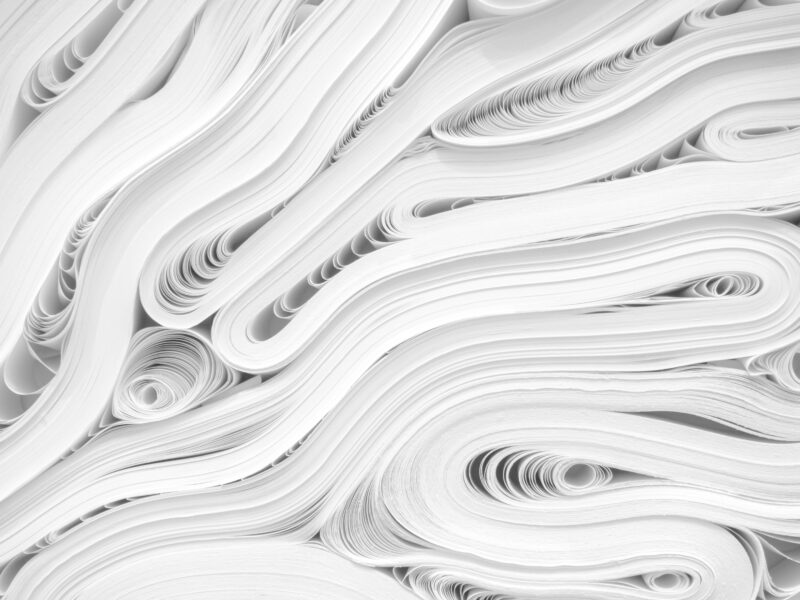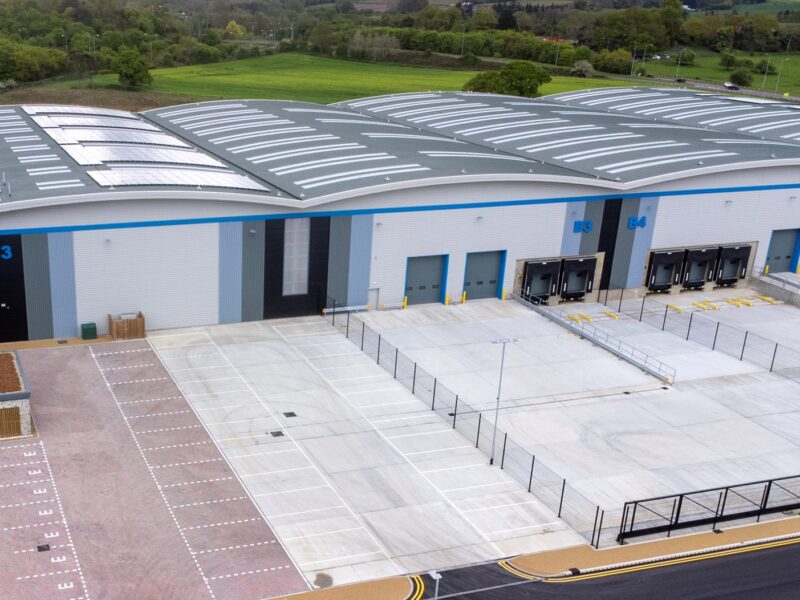Scotland’s green revolution: paving the way to carbon neutrality.
Scotland has long been dedicated to reducing its carbon footprint and transitioning to a low-carbon economy. In fact, Scotland led the world in becoming one of the first nations to declare a global climate emergency in April 2019.

As part of this broader effort, the Scottish government has set ambitious targets for achieving carbon neutrality, aligning with global commitments to combat climate change. This includes plans to reach net zero by 2045, with interim targets of 75% by 2030 and 90% by 2040. Indeed, the EU has already set itself a legally binding target of achieving net-zero greenhouse gas emissions by 2050. This is very much welcome news and should set a standard amongst other nations across the UK and worldwide.To achieve net zero, nation-states and the businesses and communities within them must work in unison towards this common goal. It requires collaboration from the very start. It also means a bottom-up approach, encompassing buildings, transportation, and renewable energy sources, as well as industrial activities.
As the world grapples with the challenges posed by climate change, the importance of sustainable building practices cannot be overstated. According to the World Green Building Council (WorldGBC), buildings are currently responsible for 39% of global energy related carbon emissions: 28% from operational emissions, from energy needed to heat, cool and power them, and the remaining 11% from materials and construction. Amongst the various methodologies and frameworks aimed at reducing environmental impact, Building Research Establishment Environmental Assessment Method, otherwise known as BREEAM, stands out as a leading certification system for new builds and deep retrofits alike. This is because BREEAM focuses on assessing and improving the sustainability performance of buildings, contributing significantly to the pursuit of carbon neutrality. In the area of net zero carbon, BREEAM helps organisations minimise carbon emissions at the asset level – something that is fundamental to our overall business strategy.
With Scotland taking the lead on progress towards a greener environment, we saw an opportunity to help accelerate this global shift and turn words into action. Sustainable office accommodation is sparse in Glasgow, despite it being the biggest city in Scotland and the fourth-most populous city in the United Kingdom.
In this context, we acquired 150 St Vincent Street in Glasgow in December 2021, located in heart of the city’s Central Business District. The development will see the building, currently 70,000 sq ft, extend to 150,000 sq ft over basement, ground and 9 upper storeys. Indeed, upon acquisition, we committed to making it Glasgow’s first carbon neutral office covering the entire lifecycle of the building. We are also committed to creating Glasgow’s first BREAAM Outstanding office and the first to achieve a NABERS rating – for which we are targeting 5-star. NABERS is an Australian system that, unlike EPCs, measures your efficiency across all consumptions, which will help us to accurately measure, understand and communicate the environmental performance of the building whilst identifying areas for cost savings and future improvements.
Additionally, the building has been designed with wellness at its heart – the basement offers a gym/yoga studio, cycle storage for 200 cycles together with changing, shower and drying facilities. The existing building modelling results in 4 floors benefitting from dedicated south-facing terraces. The arrival experience to the building will be transformed with pocket parks which will welcome the tenants on both St Vincent Street and Wellington Street, whilst the new reception offers additional occupier breakout space. We are also planning to provide an auditorium that will allow for town hall meetings and help provide a community feel. We are working with a specialist adviser on this holistic approach, which allows us to create a space that not only promotes wellbeing but also reduces its ecological footprint, reflecting our commitment to a healthier and more sustainable future.
Achieving operational carbon neutrality for a building is best accomplished by prioritising effective reduction of its carbon emissions, with offsetting considered as a last resort. Through precise planning, upcoming undertakings, cutting-edge technologies, removing the gas in the building and introducing smart apps to help reduce energy use, 150 St Vincent Street has minimised its energy consumption and maximised efficiency.
Despite this strong progress, it is only the start and much more needs to be done, as there is only 105,000 sq ft of available Grade A space in Glasgow itself. A full modernisation programme in the city is underway and we are at the forefront of it.
St Vincent Street aims to serve as the benchmark for the broader movement towards sustainable construction in Glasgow and Scotland as a whole. It showcases the economic and environmental benefits that can be achieved by prioritising energy efficiency and innovative design. The success so far of this project is setting a new standard for future developments in Glasgow, encouraging the industry to embrace sustainable practices and contribute to Scotland’s overall carbon neutrality goals.
Scotland is crying out for Grade A stock that meets all the BREAAM and carbon-neutral requirements that the Scottish government is requiring from 2030. The cynics will claim that it is simply too costly to pursue on such a large scale. For those who claim that they cannot afford to work towards carbon neutrality through frameworks like BREAAM certification, they are gravely mistaken. With Scotland working towards a low-carbon economy in the near future, they simply cannot afford not to do it.
It’s all about focusing on the long game and developers and investors alike must ensure that they are not left behind.
By Rob West, Managing Partner & Chairman of ESG Committee, Clearbell
Other articles.
Let's discuss how we can help you.
Interested in discussing new ventures or current investment opportunities?



